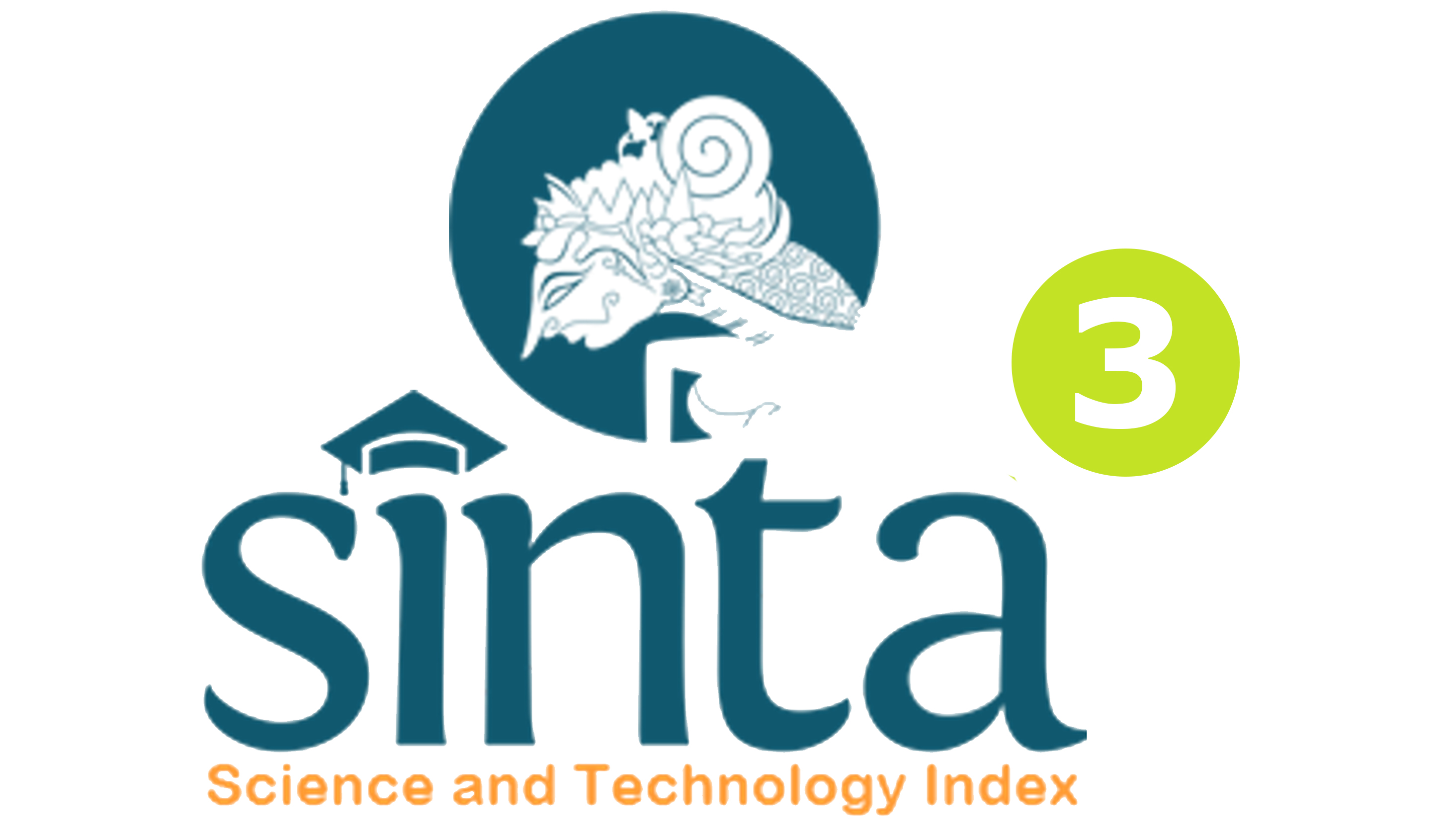Pengaruh Konseling Behavioral dengan Teknik Latihan Asertif dan Teknik Modeling terhadap Kecenderungan Agresivitas Siswa Kelas X Tata Boga SMK Negeri 2 Singaraja Tahun Pelajaran 2015/2016
DOI:
https://doi.org/10.23887/jibk.v4i1.7060Abstract
Penelitian ini bertujuan untuk mengetahui 1) Pengaruh konseling behavioral dengan teknik latihan asertif dan teknik simbolik modeling dalam menurunkan kecenderungan agresivitas pada siswa kelas X Tata Boga SMK Negeri 2 Singaraja. Populasi dalam penelitian ini adalah seluruh siswa kelas X Tata Boga SMK Negeri 2 Singaraja, metode pengambilan sampel yang dipakai pada penelitian ini adalah menggunakan teknik sampling purposif (purposive sampling). Pengumpulan data hanya dilakukan pada kelompok subjek yang memiliki karakteristik sesuai dengan tujuan penelitian yaitu siswa yang memiliki kecenderungan agresivitas tinggi. Dari hasil skor awal (pretest) didapatkan 16 orang yang memiliki kecenderungan agresivitas tinggi, kemudian dibagi menjadi 2 kelompok eksperimen. Rancangan penelitian ini menggunakan “Pretest-Posttest Control Group Design”, hal ini dikarenakan peneliti melakukan perlakuan (treatmen) terhadap suatu kelompok dan dilakukan suatu pretest sebelum perlakuan diberikan dan setelah itu diakhiri dengan posttest. Berdasarkan analisis ditemukan bahwa terdapat perbedaan pengaruh konseling behavioral dalam menurunkan kecenderungan agresivitas siswa kelas X Tata Boga SMK Negeri 2 Singaraja, dengan nilai thitung sebesar 5,017 dan p < 0,05. Dan dari rerata posttest menunjukkan Teknik Simbolik Modeling lebih efektik dalam menurunkan kecenderungan agresivitas siswa dibandingkan dengan Teknik Latihan Asertif.Kata Kunci : Konseling Behavioral, Teknik Latihan Asertif, Teknik Modeling, Kecenderungan Agresivitas.
This study was aims to determined 1) An effect of behavioral counseling with assertiveness training techniques and symbolic modeling techniques in reduced the tendency of aggressiveness in 10th class majoring Food and beverage in SMK Negeri 2 Singaraja. The population in this study was all students of 10th class majoring Food and beverage in SMK Negeri 2 Singaraja. The sampling technique used was purposive sampling. Collection of data just on subjects that has characteristics as a purpose of research was students who have a high tendency to aggressiveness. The results of the initial score (pretest) should 16 studenst who have a high tendency to aggressiveness, and then it was divided into two experimental groups. The research design used was "pretest-posttest control group design", because the researcher does treatments to a group and does a pretest before the treatment was given and after it was ended with posttest. Based on the analysis found that there are differences influence behavioral counseling in reducing the tendency the aggressiveness of 10th class majoring Food and beverage in SMK Negeri 2 Singaraja, with t count of 5.017 and p < 0.05 . And the average of posttest shows Symbolic Modeling Techniques more effective to reducing the tendency of student aggressiveness than Engineering Training Assertive.
keyword : Behavioral Counseling, Assertive Training Techniques, Modeling Techniques, Trends Aggressiveness
Published
Issue
Section
License
Jurnal Ilmiah Bimbingan Konseling Undiksha is an Open Access Journal. The authors who publish the manuscript in this journal agree to the following terms:
JIBK is licensed under a Creative Commons Attribution 4.0 International License. This permits anyone to copy, redistribute, remix, transmit and adapt the work provided the original work and source is appropriately cited.
This means:
Jurnal Ilmiah Bimbingan Konseling is licensed under a Creative Commons Attribution 4.0 International License.
(1) Under the CC-BY license, authors retain ownership of the copyright for their article, but authors grant others permission to use the content of publications in JIBK in whole or in part provided that the original work is properly cited. Users (redistributors) of JIBK are required to cite the original source, including the author's names, JIBK as the initial source of publication, year of publication, volume number, issue, and Digital Object Identifier (DOI); (2) The authors are the copyright owner of the article, and the author grants the JIBK held the first publication right.









.png)

.jpg)
